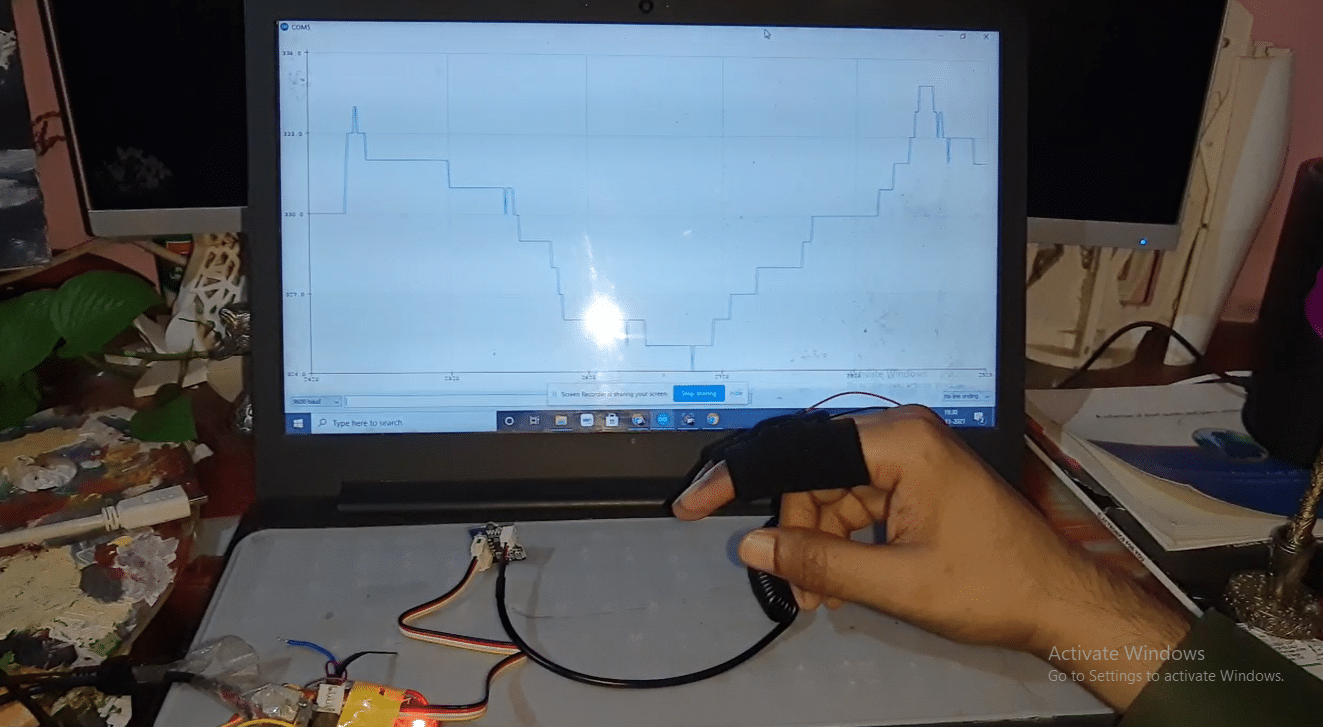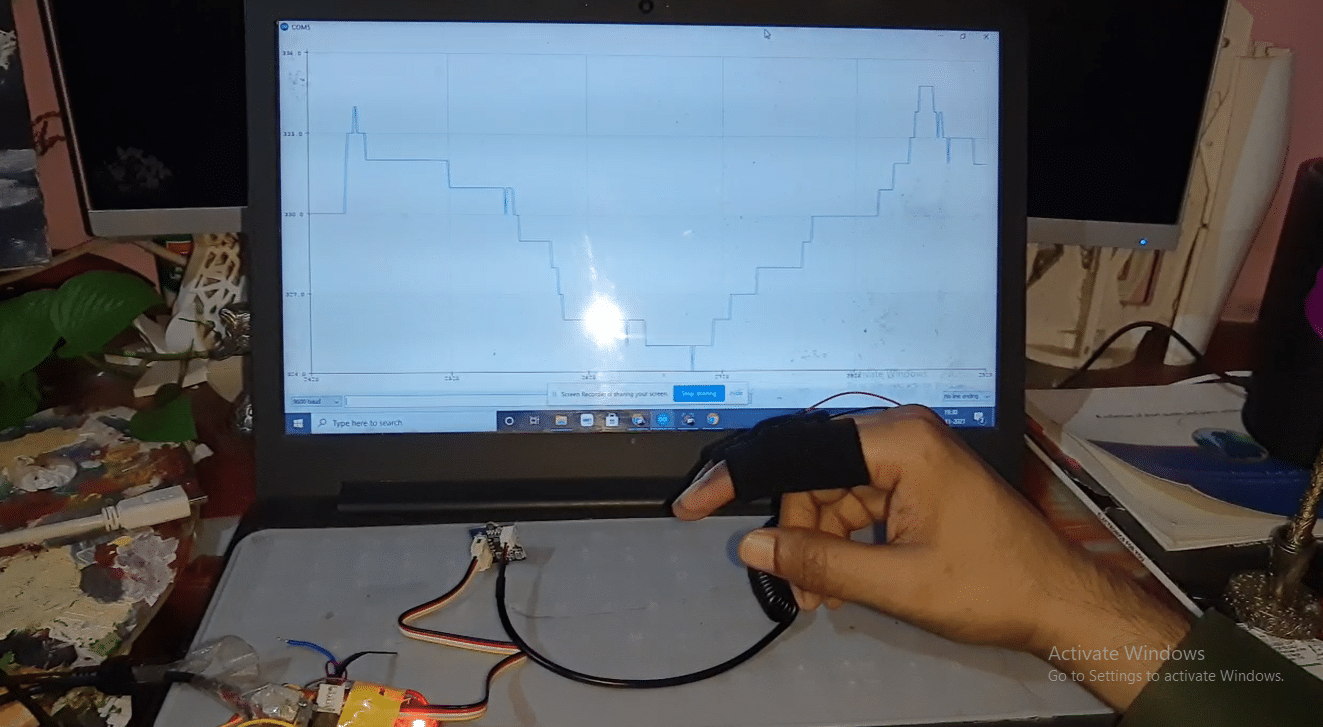 Speaking the truth is crucial for reaching an amicable conclusion in law courts and several other scenarios related to receiving justice. But not everyone opts to speak the truth at all times.
Speaking the truth is crucial for reaching an amicable conclusion in law courts and several other scenarios related to receiving justice. But not everyone opts to speak the truth at all times.
It is hard to believe someone unless we have solid evidence. At times, you must have wished to possess some sort of power or device that can quickly grant you that much-needed evidence. Though lie-detectors are one such device that can fulfil this demand, most of them are bulky and quite sophisticated.
Now, you can easily make a lie-detector device that is simple to use, light and portable.

Background
Before starting with the project, let’s understand the working of lie detectors. A polygraph or a lie detector test is based on changes detected in bio-signals such as heartbeat rate and brain electrical activity. These get recorded whenever you respond.
If the polygraph draws a normal pattern, it means truth has been spoken For any deviation in that pattern, that the answer is a lie.
The lie detector that you will learn to make here works a bit differently. Instead of being polygraph-based, our lie detector makes use of galvanic skin response (GSR), wherein the electrical conductivity of the skin changes with changing emotions. So, if a false response is given, then the skin conductivity changes due to the activation of sweat glands. This change is detected with the help of a GSR sensor. By leveraging this natural property of the skin, you can determine the level of honesty in a person’s words.
To know more about GSR and polygraph lie detection, check the below links:
Bill Of Materials

Coding
Since the GSR sensor can sense the change in skin conductivity and give the corresponding analogue output, write a code that takes the GSR sensor’s reading using its analogue pin and calculates the average value of 500 readings in a second.
Next, set the threshold value for lie detection, which may vary with different skin types. Also, consider external environmental conditions like temperature and humidity as human skin tends to become more conductive whenever they vary.
After this, upload the code to obtain the graph and sensor data in the serial port. Carefully observe any changes in the sensor value in the serial port by saying several true and false statements. Also, note the skin conduction value range when a false statement is said.
Now, write a code that will measure the skin conduction value in real-time. Also, set the pin number for the buzzer or light to indicate the threshold value. Whenever the sensor value goes beyond the threshold value, it will mean the skin conduction value has changed. This implies that the said statement is false. So in the code, make sure to first set the pin number for buzzer or indication light and then set the threshold value.
After that, create the setup function for setting the serial baud rate and pin modes.


Now, it’s time to create a loop function for obtaining the average value of nearly 500 GSR sensor readings. This can be obtained by dividing the number of samples of sensor value taken by the sum of total sensor value.If the average value is greater than the threshold, it means that the person is lying. At the same time, their skin conductivity will rise due to nervousness.


Connection
Connect the components together as shown in the below circuit diagram.

Testing



Power the device using the USB port of the laptop and open the serial port. Now, whenever you repeatedly state a false statement, your skin conductivity will change, indicating that you are lying.
However, do keep in mind that the accuracy of our lie detector is around 60% as none of the lie detection systems can predict with 100% accuracy.







